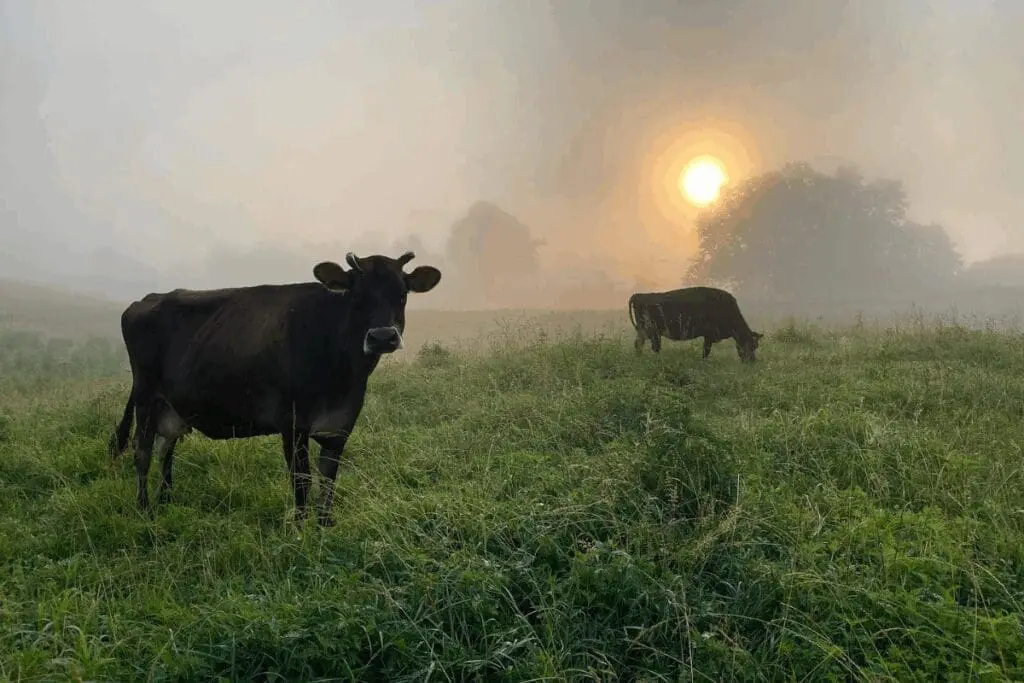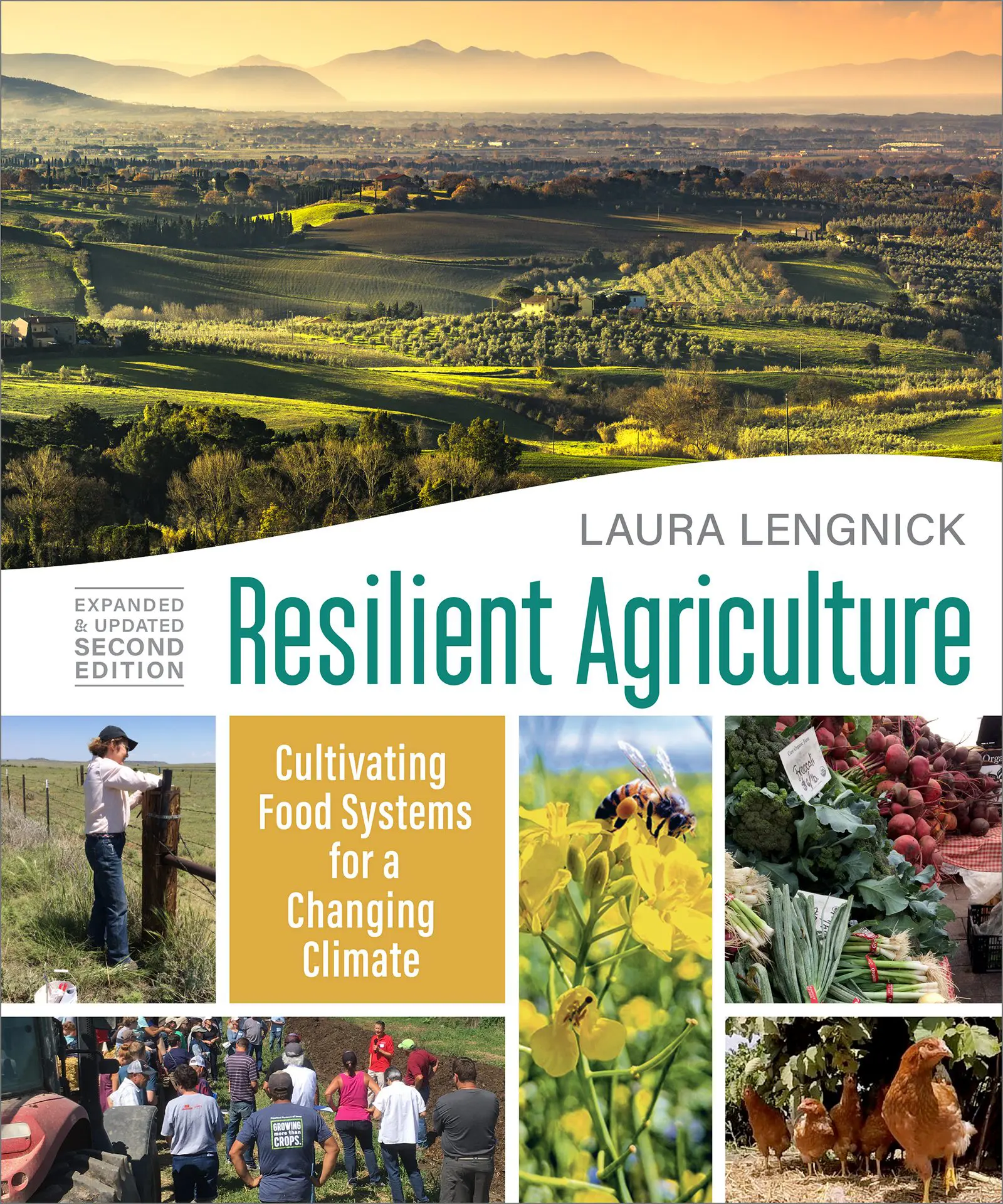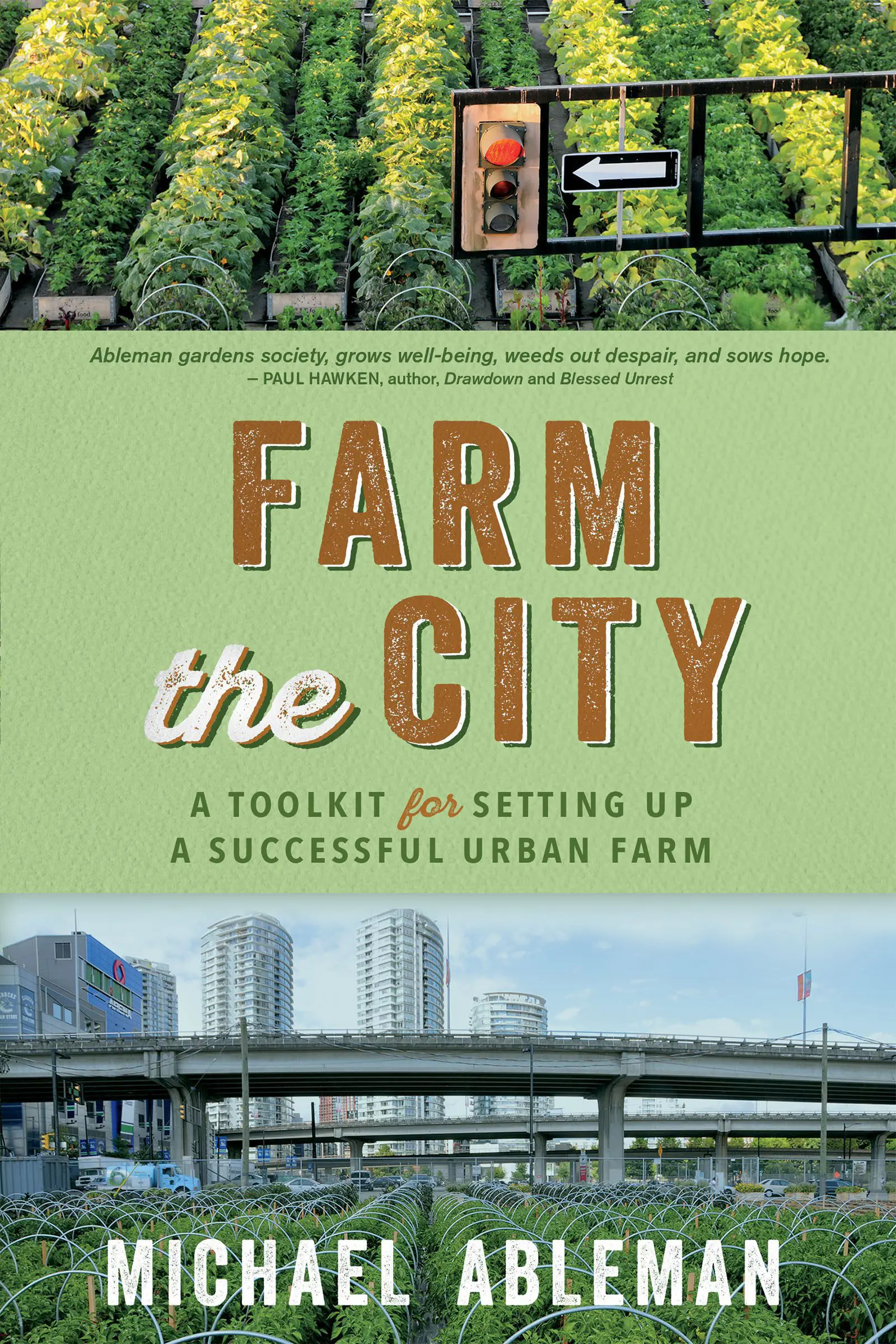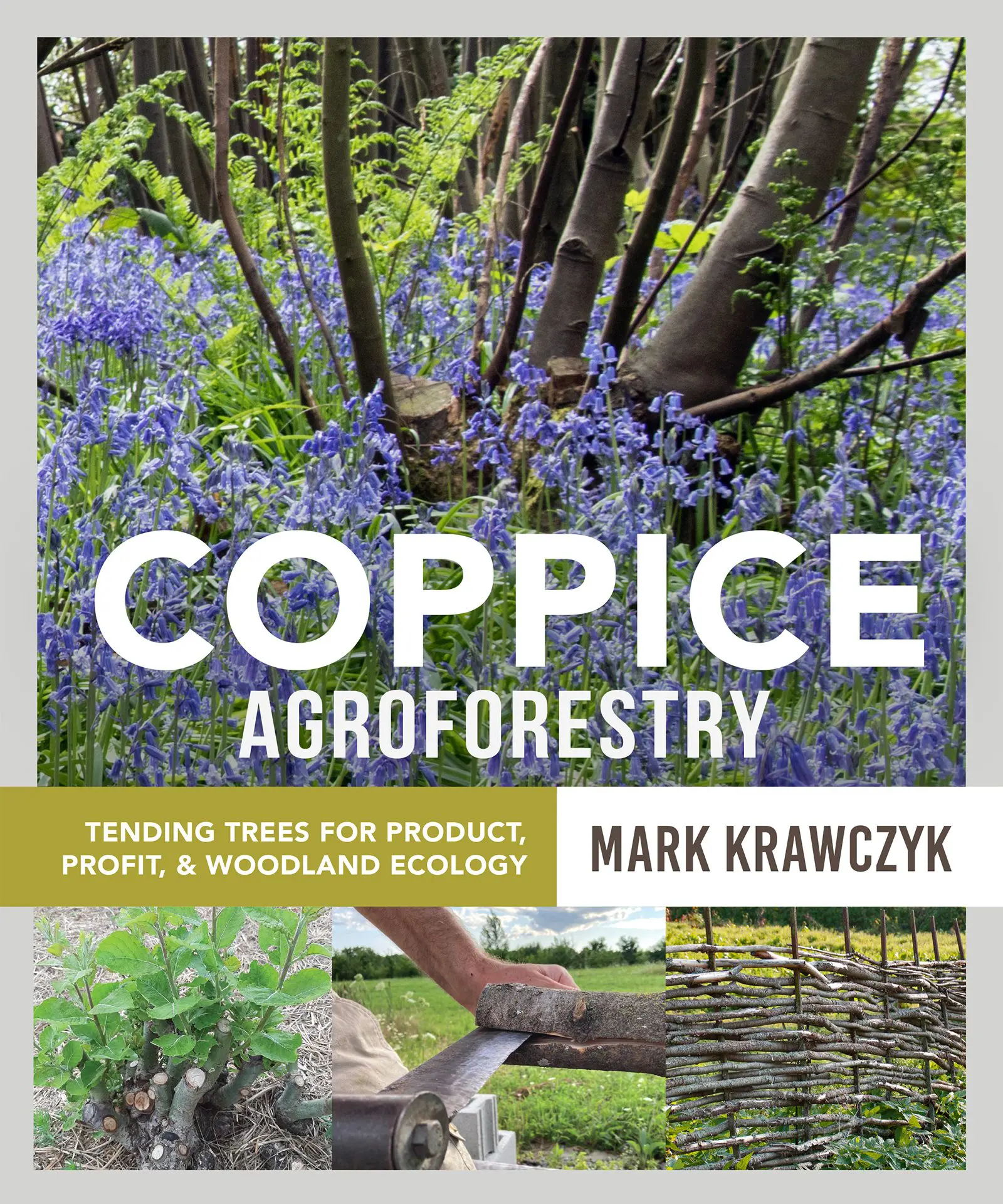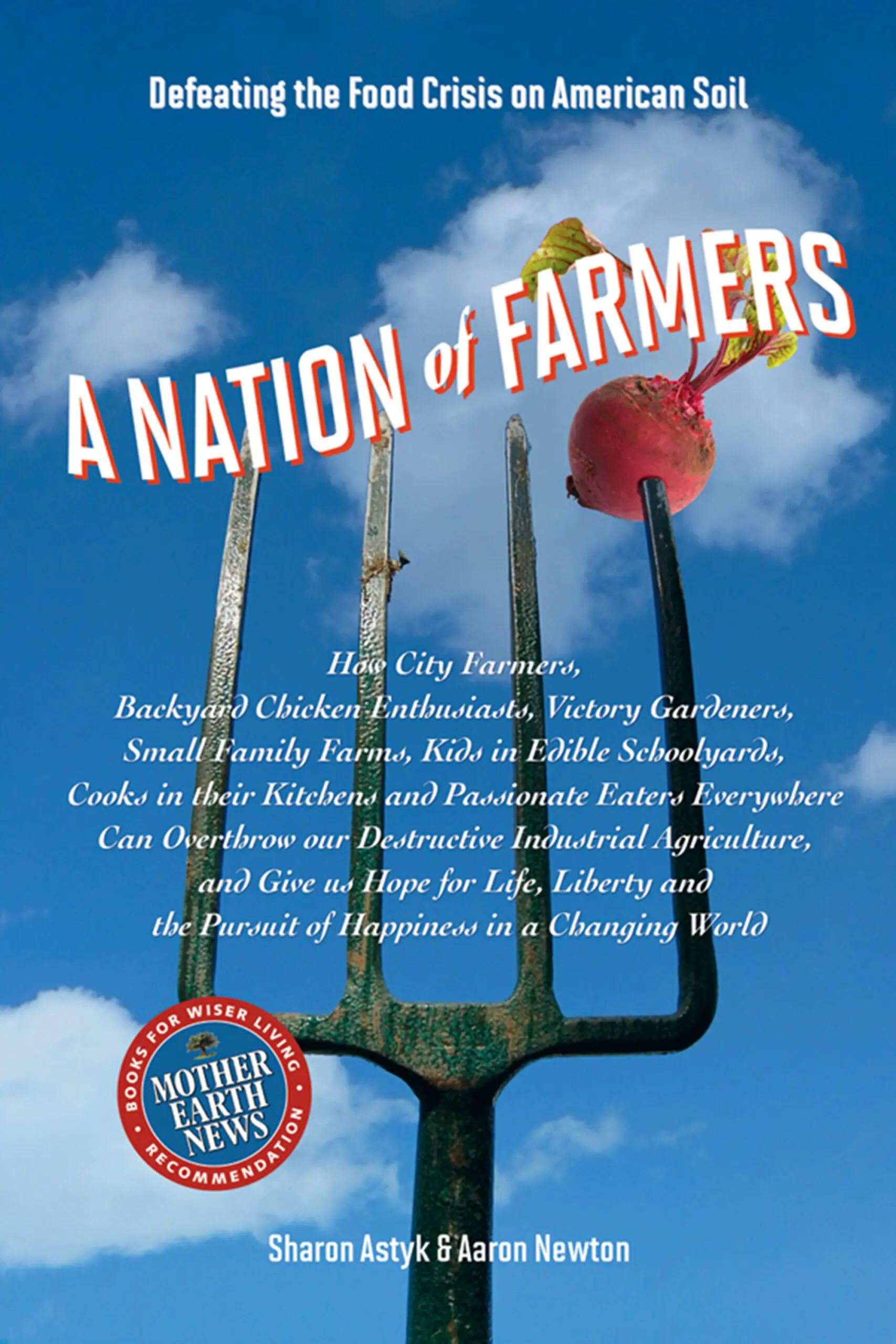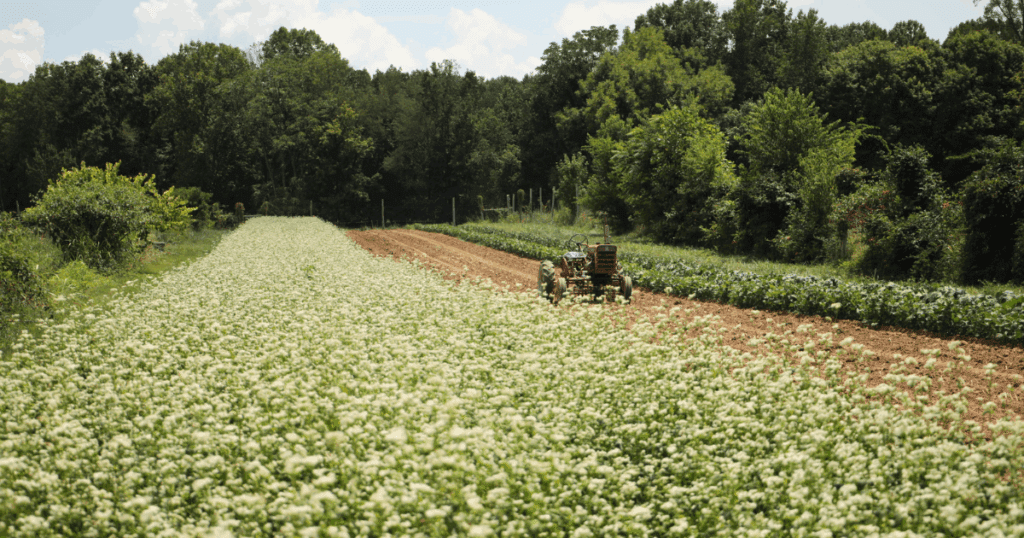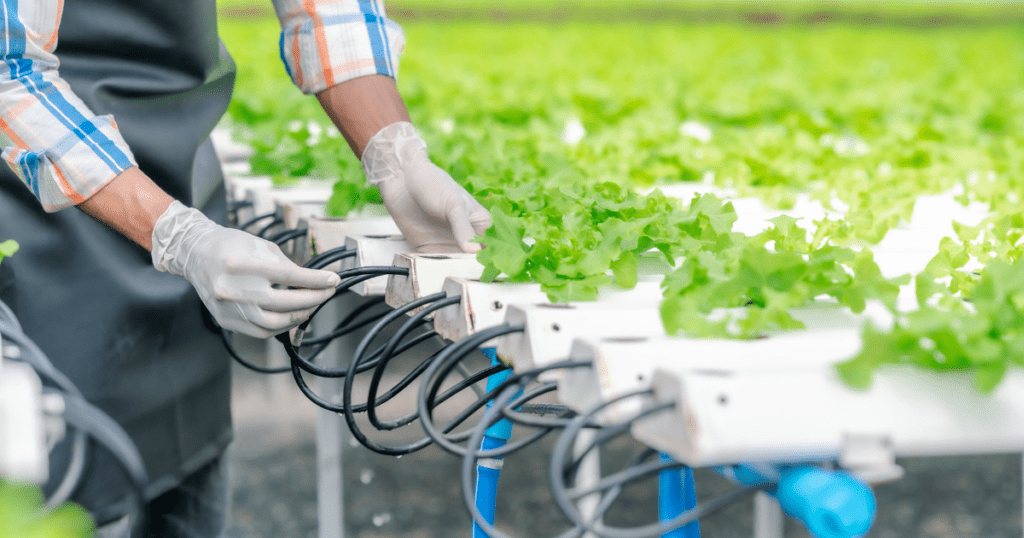
New Society is excited to share this guest article by Darby, written on behalf of The Farmers Land Trust. Our connection is grounded in care, community, and a shared concern for our food systems. Food security is a pressing issue in today’s world, and in this article, Darby explores what’s happening behind the scenes of our food systems. They highlight the tremendous challenges that arise from the disconnect between new farmers just starting out and those preparing to retire. Read on for The Farmers Land Trust’s perspective on transitioning farmland.
Farmers are People Too
When we think about our food system, it’s easy to think of farmers and farmland as a sort of faceless, available resource used by our society. Visions of corn fields and cows in barns may fill your mind when the truth is, at the center of every operation is a person or a family.
While this can be true of farms of any size, it is especially true of our small, organic, biodynamic, and regenerative farms. Whether they’re a beginning farmer fresh on the scene or a seasoned grower with a fine-tuned selection, each individual has decided to dedicate their lives to stewarding land. These farmers are harmoniously merging our human world with our natural world and nourishing their communities with the gifts of abundance that result from this care. Each of these farms is a unique reflection of the farmer, an individualized piece of art offered for the betterment of the land and people. Each farm is also a living entity that connects ecologically to other small farms and wild spaces in a beautiful patchwork of productivity and wellness that makes up our local food system and supports our environment.
As a market shopper, you might notice one day that your favorite young farming couple did not return for a second season, or that the elders who have been at the farmers market since its inception are suddenly missing in the lineup. The challenges of earning a living from the land in our modern world are many, and we aren’t typically in the know when our local farmers are personally struggling. On one hand, young farmers are burdened with the instability of leased land or starting from scratch on raw land, which is all they can afford. On the other hand, elder farmers often lack safety nets when faced with illness or unexpected expenses and may not have a willing successor to take over their land or a farmer who can afford their asking price.
What we don’t see behind the scenes in the farming community is a growing disconnect. Elder farmers are facing the difficult realities of ending their farming careers, while young farmers are struggling to bring their vision into reality. At the core of both issues lies an inflated real estate marketplace, a lack of community connection, and a missed opportunity for the transitioning of working farmland into the hands of a new generation of capable growers.
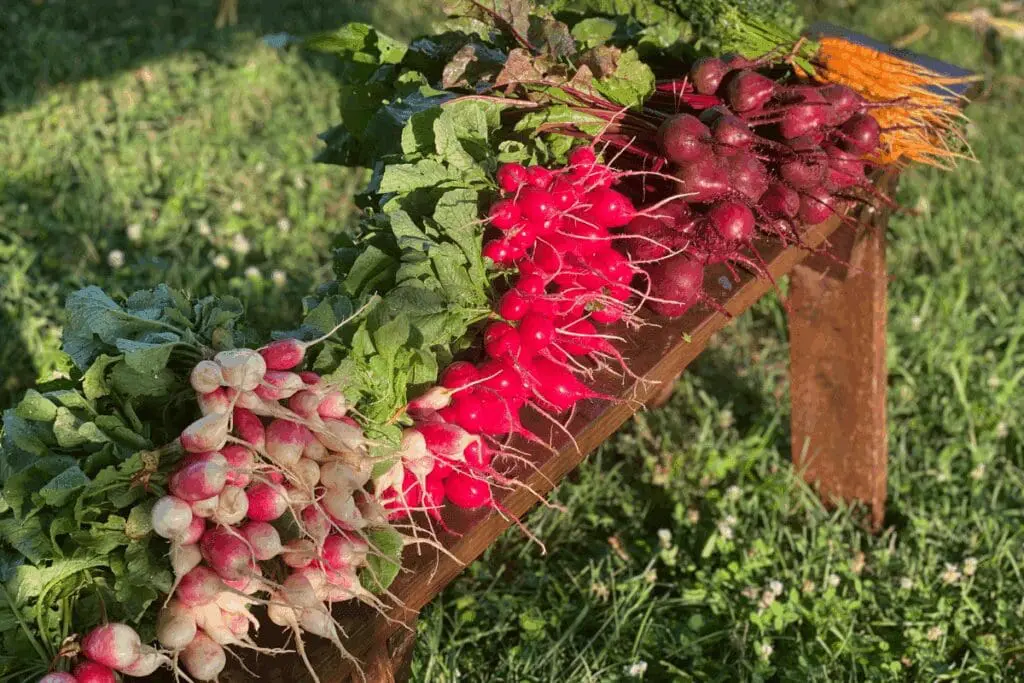
Our Unraveling Farmland
It may be hard for us to perceive the struggles being endured by our local farmers, but on a larger scale, there is a lot of data pointing directly to these issues. According to the American Farmland Trust, in the next 15 years, one-third of all farmland in the United States will change hands. At this vulnerable moment in the land’s history, working farms are at risk of being sold off for development, as corporate land grabs and inflated residential real estate, and may be removed from agricultural production forever. The American Farmland Trust estimates that 2,000 acres of farmland in the United States are lost to these development, investment, and extraction outcomes every day.
Though we all rely on the hard efforts of farmers and farm workers to survive, our society offers limited resources to support the financial, physical, and mental health of these essential workers. Elder farmers facing retirement don’t have a retirement plan to plug into when their days in the fields come to an end. Their greatest asset is the land they’ve spent their days tending, and their best hope at ensuring they will have the resources they need at the end of their lives is to sell their farm to the highest bidder. Those willing to pay the inflated price for the farm are often not farmers themselves, as years of drastic increases in land values have outpriced those who derive their living from the land. From 1972 through 1990, national farmland values remained under $750 per acre (approximately $1,500 when adjusting for inflation). From 1990 to now, values have risen to a national average of $4,048 per acre, with regional average values as high as $8,800 per acre.
The current housing crisis is also a land crisis, both symptoms of corporate extractive financial greed over basic human rights. As farmland values grow at unprecedented rates, young farmers are categorically blocked from the opportunity to purchase land with turnkey features like agricultural soils, housing, and outbuildings. They cannot afford to carry forward the work of our precious legacy farms. The National Young Farmers Coalition cites land access as the top barrier faced by young farmers and farmers of color today. Without secure land tenure, the next generation of farmers struggles to build long-lasting businesses and are often operating at the mercy of capital-driven land proprietors who may decide to sell their lands or increase rent without notice.
It may feel like this great unraveling of America’s farmland is unstoppable, or even inevitable, but it doesn’t have to be. As social and environmental challenges continue to mount, we as people have never had greater access to information and each other. There is a path forward for saving our disappearing farmland and supporting the next generation of land stewards, and it just so happens to be the same path.
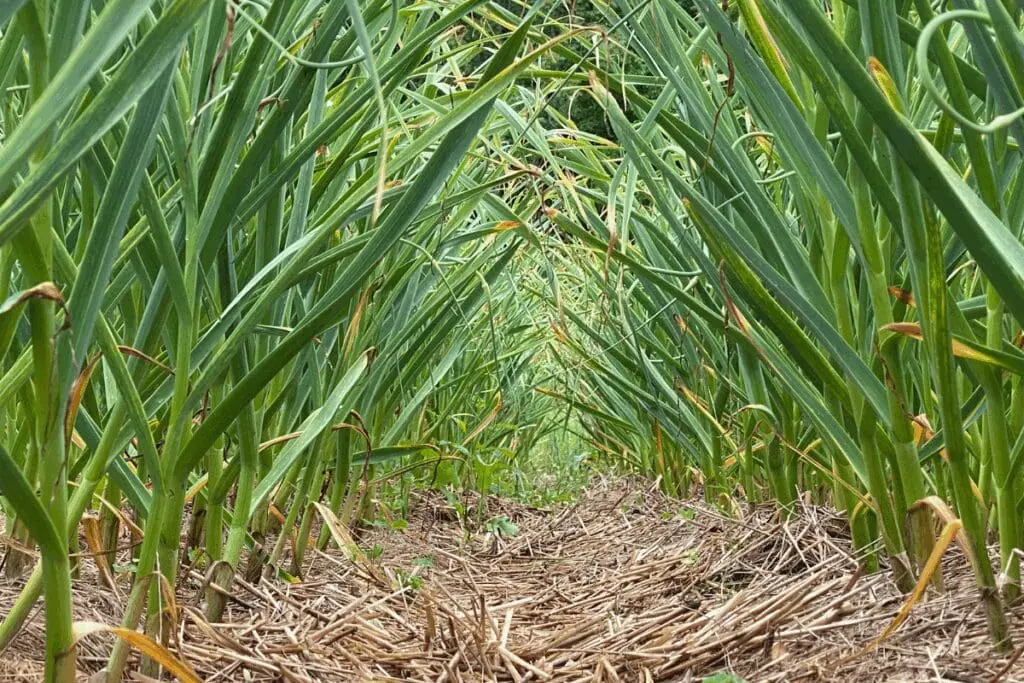
Honoring the Old and New
Support for young and beginning farmers has gained some momentum in organizations and federal agencies across the United States, as the daunting realities of farmland loss and the steadily increasing average age of farmers have come into public awareness. What we have less of in our society today is support for our elder farmers who are ready to retire. Not only are these seasoned growers needing to collect on the value of their land to sustain themselves, but they are also faced with navigating difficult legal and bureaucratic obstacles at the time of sale, while simultaneously grieving the loss of their sense of purpose in our world. Without support, sometimes the easiest way to come to terms with so much upheaval and change is to accept a check for the land and walk away.
The truth is, our best hope of honoring the passion and dedication of young farmers today is to set them up for success by connecting them to working farmland that is currently at risk of being lost to the commercial real estate market as it transitions out of current ownership. By committing to help elder farmers find young farmers to take over their operations and helping them navigate the tricky and emotional nature of the sale of their life’s work, we can halt farmland loss and give the next generation of land stewards a stable foundation to build from.
Letting Go
The cost barrier is a major contributor to preventing young farmers from buying working farmland, but there are other nuances and challenges that must be navigated to successfully transition a piece of farmland into new hands. Beyond the legal and administrative intricacies associated with the sale of real estate, the elder farmers themselves may have apprehension about giving their handcrafted systems to someone they feel lacks experience or has a vision for the property they don’t approve of. While this may seem like a minor obstacle, it can be big enough to slow down and even stop the transition of farmland to a capable young farmer. Because farmers are people, and their farms are so intimately tied to their identities, transitioning farmland is an incredibly personal and sometimes painful process.
One of the reasons these transitions don’t happen is because it requires a willingness to dive deeply into the messy and emotional realms of the human experience. It is not simply the sale of land, it is a delicate negotiation with someone’s sense of self, with their financial situation, with their family dynamics, their ego, their mortality, and their legacy. It requires a kind of support that is holistic and makes space for big feelings and grief. The art of letting go requires the farmer to embrace a level of change that someone who has milked the cows every morning and put the chickens up every night may not have the emotional framework for. Transitioning farmland requires supporting the wishes and feelings of elder farmers who have contributed so much to the land and community, and helping them come to terms with allowing someone new to cultivate a unique relationship with their beloved land.
Navigating New Terrain
If we hope to save our dwindling farmland in the United States, it is essential that we come together to bridge the growing divide between our elder farmers and the next generation. Fortunately, the groundwork for these essential efforts is already being laid at The Farmers Land Trust (TFLT). This national nonprofit isn’t your average land trust. While TFLT similarly works to preserve land from exploitation and development, our focus is not just on preservation, it is also on sustainable production and long-term stewardship. At TFLT, we specifically support the transition of working farmland from elder farmers and landowners to young farmers and farmers of color. This is achieved using a new land ownership model called the Farmland Commons.
The Farmland Commons are community-centered, democratically run, limited-scope 501(c)2, and 501(c)25 entities that are established to hold title to lands. In this model, local and nationally run organizations come together to convey secure and affordable tenure to those who practice sustainable and regenerative agriculture. Expanding on the knowledge and experience of conservation land trusts and community trusts, TFLT supports the process of community ownership of at-risk agricultural lands, frees up elder farmers to make retirement plans, and gives access to otherwise unaffordable farms and land to young farmers and farmers of color.
It is one of our deepest callings to sit with elder farmers, celebrate their incredible legacies, and find passionate folks to carry forward the important work of their operations. We are honored to meet them exactly where they are and help them navigate the difficult path of letting go. We believe that a just and prosperous future is possible so long as we are willing to engage the community that the farm has built and cultivated over decades.
An Activated Community
One of the hardest endeavors we encounter as humans is creating and maintaining community. Coming together, heart-to-heart, takes patience and compassion. Mediating disagreements and sharing power are things we have struggled with as modern beings. This is why we opt to buy from Amazon over supporting our neighbors in their local businesses. It is why corporations are beginning to lean heavily on AI to handle their customer service positions. Dealing with the human in each of us is challenging, and we have chosen time and again to separate from each other and walk our paths alone. To change our world, we will have to stop taking the easy way out and recommit to one another, to our wild relatives, and to our living planet.
The avoidance of our symbiotic connection to one another and our landscapes is the deep root that has grown into so many social and environmental issues. So long as resources and privilege are hoarded by some at the expense of others, we will continue to facilitate disharmony in our world. Complacency and passive guilt will not heal our planet, only active participation. The speed of our modern age leaves each of us exhausted and disheartened. The very idea of adding community action to the never-ending list of tasks feels like taking on even more when we’re already running on fumes. The truth is, when we align ourselves in action with an open heart to the humanness in each of us, our many hands can make light work.
The Farmland Commons Model does not suggest that we all pick up rakes and hoes and learn to farm or that we live in communes with blurry boundaries and no privacy. The model is an opportunity for the community to support passionate land stewards at the beginning and end of their journeys. It is an answer to the unraveling of our farmland and a breakdown of barriers for young farmers and farmers of color. It keeps capital in our communities and supports wellness and nourishment in the land and people. As the extractive and exploitative systems that govern our world continue to get their fill, our potential is buried. It doesn’t have to be. We have the choice to reconnect, lift each other up, and build the sustainable society we dream about. Our collective efforts could have a momentum that would shock us in its power, should we choose to come together for the good of our communities and natural world.
Is there an elder farmer in your community in need of land-transition support? Reach out to The Farmers Land Trust today by calling 833-432-7658 or by emailing [email protected]
